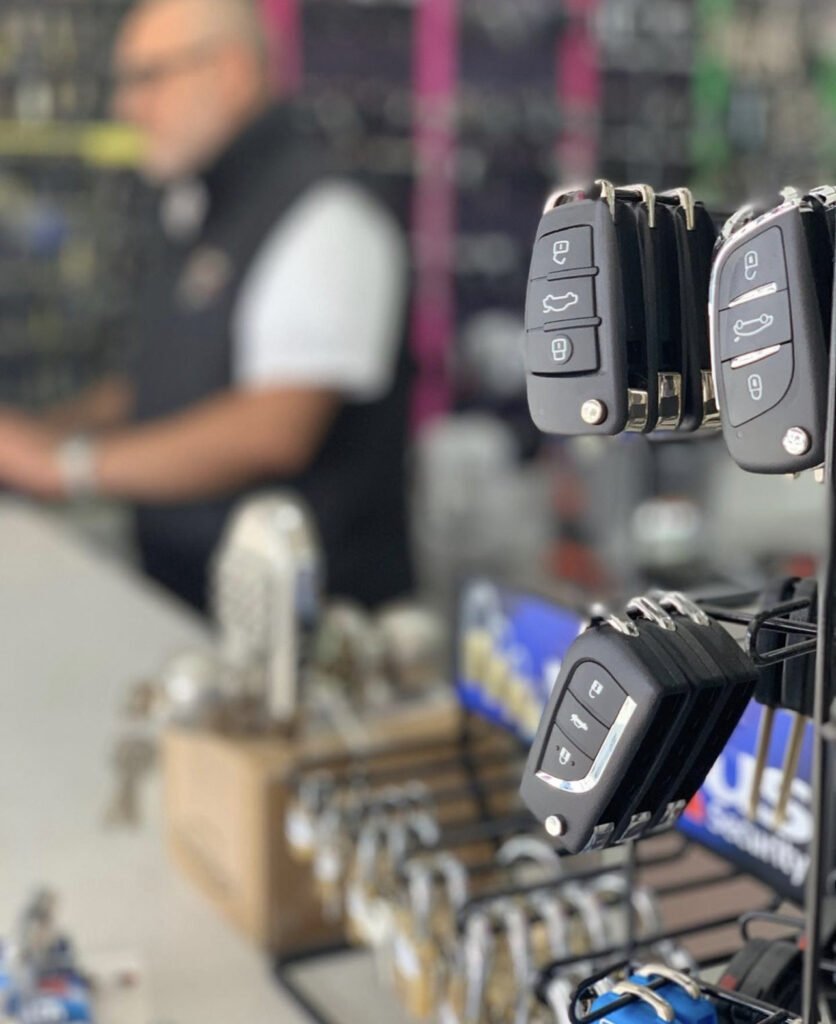Automotive Diagnostics
There are many kinds of diagnostic tools that can be used to diagnose automotive issues. They include back-pin probing as well as pattern recognition algorithms. In addition to identifying component failures, these diagnostic tools can also assist you in communicating via remote assistance. These tools are essential to ensuring that your car is safe on the road.
Component failure warning system
Modern vehicles are equipped with various electronic and internal systems that check how the vehicle is running and can be triggered by an issue. A warning signal will be sent to the driver if an element of the vehicle isn't working properly. Certain warning lights can signal a minor issue, such as a loose gas cap, while other could indicate the presence of a more serious issue.
A system that detects malfunctions can store information that will help repair technicians pinpoint the issue and then fix it. Repair technicians are able to swiftly fix the issue if the issue is discovered in time. By following the warnings, a vehicle owner can enhance its security and lower the cost of maintenance.
Modern cars have an onboard computer diagnostics system that continuously examines all major functions and systems. It monitors fuel efficiency and harmful emissions, as well as other functions of the vehicle. If a component fails, warning lights will be visible on the dashboard. This system is known as OBD, and is used on personal vehicles as well as commercial vehicles. It has become an industry standard, and makes diagnosing much simpler.
These warnings are in the form of Diagnostic Trouble Codes or DTCs. They are the result of a diagnostic process that determines the cause of the issue. Diagnostics involves research into service information, pin-point testing on the vehicle, and examining the affected areas. It is crucial to understand the meaning of these codes to effectively diagnose the problem with your vehicle.
Communication between an automobile and a remote assistance facility
Remote assistance facilities will only work with your vehicle if there is the capability of communicating with it. diagnostics car -to-vehicle (V2V) communication is a method used to connect with other vehicles and exchange information wirelessly. This technology permits the transmission of omni-directional communications up to 10 times per second. It assists vehicles to keep a 360-degree awareness of their surroundings. It can also use information from vehicles around to warn drivers of potential accidents. These systems can also use audible, tactile, and visual alerts to assist drivers avoid accidents.
Back-pin testing

Back-pin probing is a technique in automotive diagnostics that utilizes sharp pins to connect to automotive connectors. These probes are often inexpensive and can be utilized on all models of vehicles. These probes are helpful in measuring live circuits and do not damage connectors. This method eliminates the need to puncture the wire insulation.
Many technicians prefer using back-probing to diagnose automotive problems. It is easier than cutting wire insulation. These tools are easily integrated into automotive connectors with a variety of tips. Many specialty back-probes have a small diameter that reduces the leverage that is applied to the connector.
Many diagnostic kits for cars include numerous connectors and probes like banana plugs and alligator clips. Certain kits come with a variety of test kits. These kits let you quickly and easily look for possible issues with your vehicle's electrical system.
Back-pin probing could be one of the most efficient ways to test automotive connectors. It lets you quickly connect or disconnect the test leads. Another advantage of this method of diagnosing is that it is affordable. This method can save lots of time, work and even money.
On-board diagnostics
On-board diagnostics in automotive systems provide drivers with crucial information regarding the health of their vehicle. They can also be alerted that their vehicle is in need of repair or maintenance. This technology could improve the efficiency of your vehicle and increase its reliability. It also can inspire car makers to create more efficient engines and improve vehicle safety. These systems can also save time and money by allowing drivers to see how their car is operating without the need to wait in the mechanic's shop.
Before the introduction of standardized on-board diagnostics, manufacturers developed their own systems. The initial versions of this system utilized their own connectors, electronic interfaces and specific codes to indicate problems. The first systems were introduced in the years 1968 and 1978 by Volkswagen and Datsun. The Society of Automotive Engineers (SAE), eventually required that all cars use the technology. California also mandated that all cars have on-board diagnostics in 1994.
On-board diagnostics systems are so sophisticated that they are able to match the computing capabilities of a desktop computer. They are compatible with a variety of mid-speed networks and are capable of handling massive quantities of data. Additionally, many on-board diagnostics systems have a vehicle speed sensor that can accurately detect rough roads. These sensors are integrated into the engine control module of the vehicle (also known as ECU.
If the engine in a car is experiencing issues and the OBD system will be able to detect the problem and turn on a warning light in the instrument cluster. Once it identifies the problem then the OBD system stores a diagnostic trouble-code. A mechanic is able to connect a scanner to the OBD connector on the dashboard to examine the trouble code. While reading a trouble-code can be helpful, it doesn't necessarily mean that a mechanic has a good idea what's wrong with the car.
